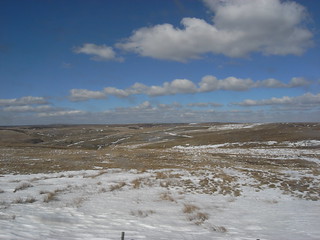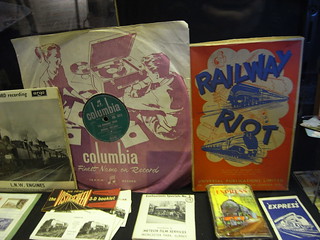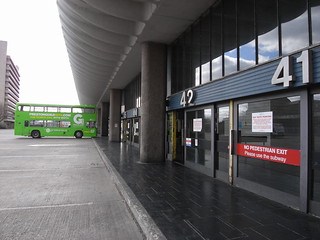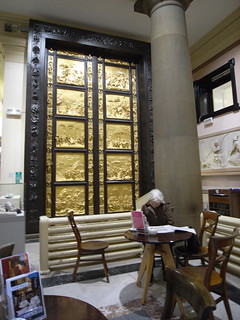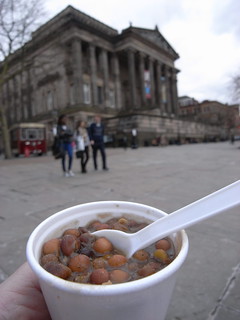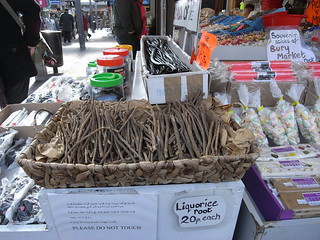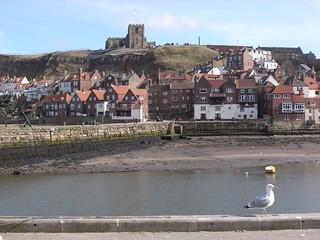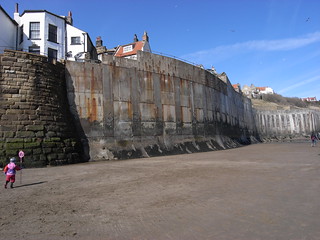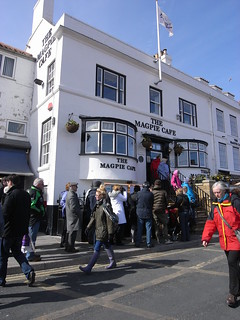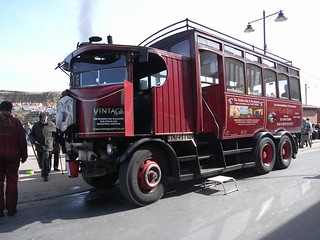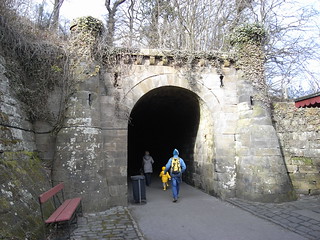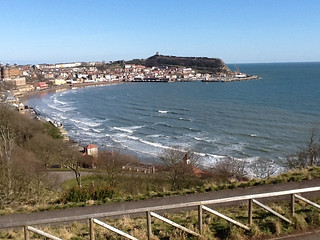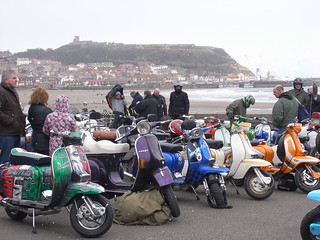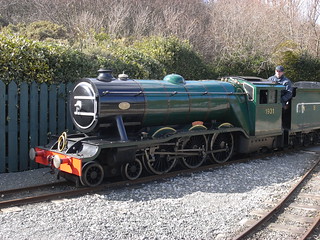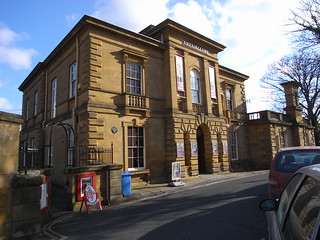In November 2011, I wrote a novel as a
NaNoWriMo project. I was encouraged to do it by
Julia Crouch, author of
Cuckoo, which also started life as a NaNoWriMo project. She told me to write it in November, but don’t look at it again until January. I followed her advice, but let it rest for a whole year in between. (In the novel I changed November to October, and the year it which it was set in to 2010, so as to allow for the twist at the very end – did you see it coming?)
The idea of NaNoWriMo, as outlined in Chris Baty’s book
No Plot? No Problem! is to write 50,000 words in 30 days, the premise being that every potential author needs a deadline to get started, else they become a ‘one day’ author, never getting round to it. You write, but don’t edit, yet, just keep going until the month is done and you have a complete first draft to work on.
When I came to edit my novel, I was reluctant to change much. In fact I only corrected spelling mistakes and changed the characters’ names. My friend Jenny Millington - a copy editor by trade - pointed out some errors in my grammar that I attended to. So why have I published it in an ‘unfinished’ form? Well, I quite like it, and would like to get it out there, rather than just languishing on my hard drive. Only today, I saw an item in the paper about some teenagers in Oslo finding a wad of money and a passport on a train. They sensibly handed them in and the dosh was reunited with its 70-year-old owner. Since I wrote the novel, several of the things that happen in the book have also taken place in real life, so I'd like to have it in the public domain to prove I thought of them first!
So here it is. If you spot any glaring errors or plot holes, please get in touch. And next November, why not have a go at writing a novel of your own?
Getting it from a novel in a word-processing program (in this case
Mariner Write) to an ebook is another story. Read on...
Being a Mac man, I thought I'd use Apple's free app
iBooks Author. So far so good, and I copied it over chapter by chapter, foolishly making corrections and revisions as I went along. The trouble with the program however is that it only outputs in iBook format (for the iBook Store), or as a PDF or as plain text. First obstacle was that I needed to get an
EIN (Employer Identification Number) number from the US IRS tax office and the only way to do it was to phone them up! So I did (heavens know how much it cost me), cribbing from an SS-4 form you can download. (A letter evenually arrived from the IRS confirming it.) But when I went back to register with Apple it wanted the EIN number without dashes and spaces and kept rejecting mine. Grrr.
So after wasting lots of time on the internet, I put the whole thing on hold and went on holiday. When I got back iBooks Author still wouldn't let me publish my book, so I decided to go the Kindle route. Now, the trouble with eBooks is that there are lots of different formats, and the one for Kindle is .mobi. I trawled the net and found a 'how-to' that seemed reasonably stress-free. It was a blog by Ed Ditto and entitled rather optimistically
How to Publish Your eBook from Word to Kindle in under Ten Minutes. I don't have Word, so I decided to use the text file output from iBooks Author as it was the most up-to-date version. So, I downloaded
a trial version of Scrivener, and followed the tutorial. First I dragged the book into Scrivener and then had to use the Split command to separate it back into chapters. After a lot of faffing about trying to get the Chapter headings right, I got it to more or less look OK and uploaded to Amazon. If I could be arsed I could read his eBook (which I bought) and work through Scrivener's help manual, but I'd had enough by then.
What is lost, and I may fix at some point is that the flashbacks - what Eddy/Duane is typing - should be in a different font (Courier at least) and indented as a blockquote. But I think it still makes sense without this. The cover (and title!) could be better too, but I just wanted to make it available as soon as possible.
So if you're interested, download it at
https://www.amazon.co.uk/dp/B00CBWQ1GC - it's free for the next few days!
You don't need an actual Kindle to read it - you can download a Kindle reader for your phone or computer from here:
http://www.amazon.co.uk/gp/feature.html?ie=UTF8&docId=1000425503. Enjoy!
